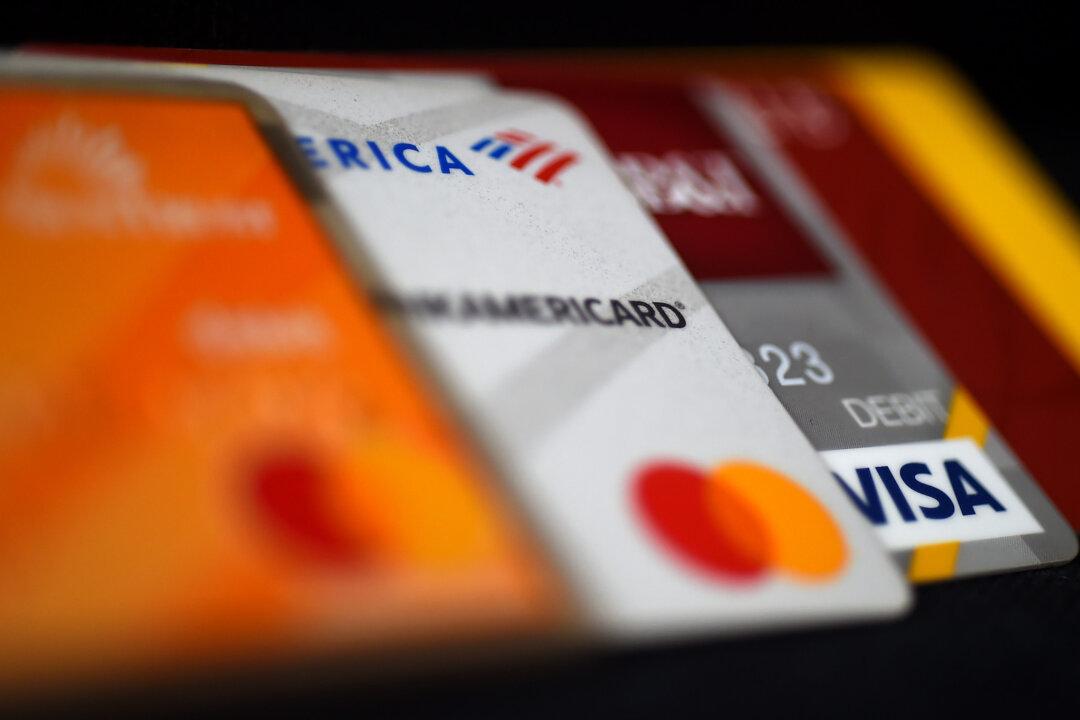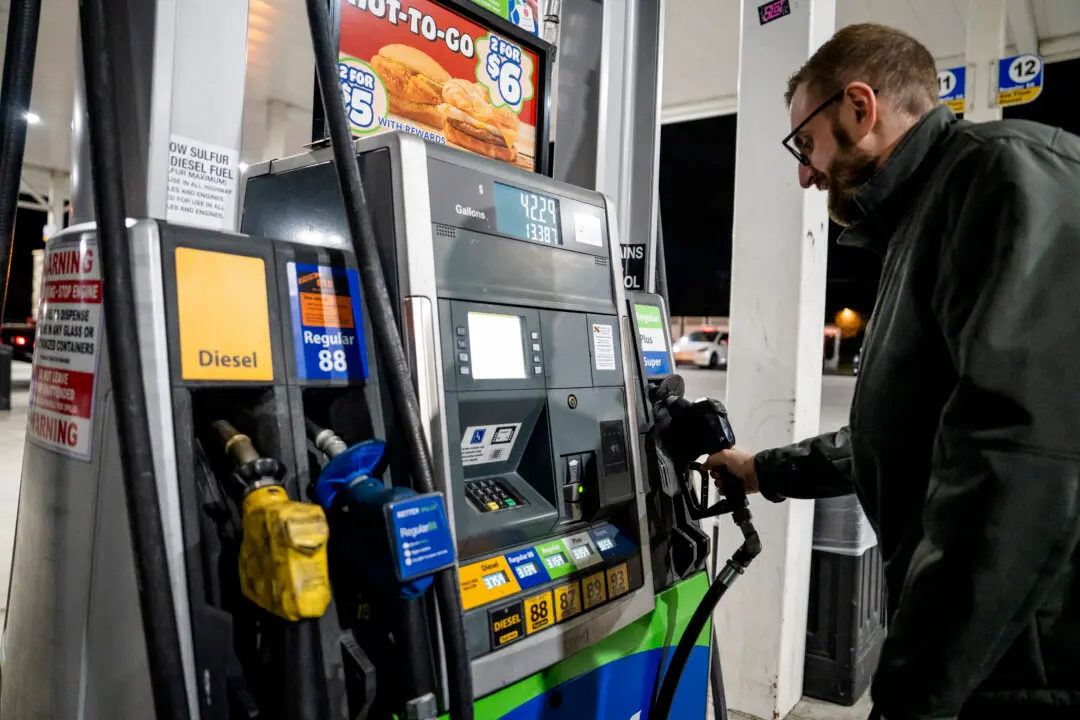Interest rates on retail credit cards have soared to their highest levels on record, according to a new report, which comes toward what seems to be the tail end of a rapid rate-hiking cycle by the Federal Reserve—which warned recently that it’s ready to raise rates further if inflation data continue to come in hot.
The retail credit card rate has increased to an average of 28.93 percent, according to an Oct. 23 report from Bankrate, which notes that this is a record high.





